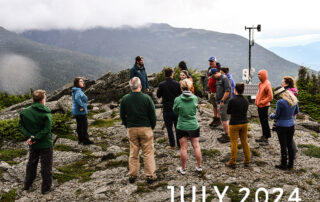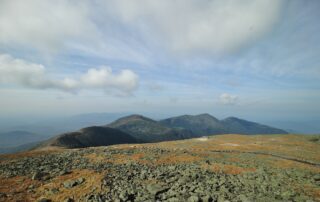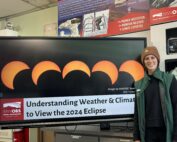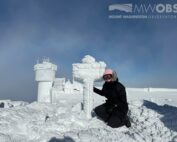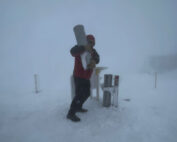Citizen Science Puts Weather Reporting in Your Hands
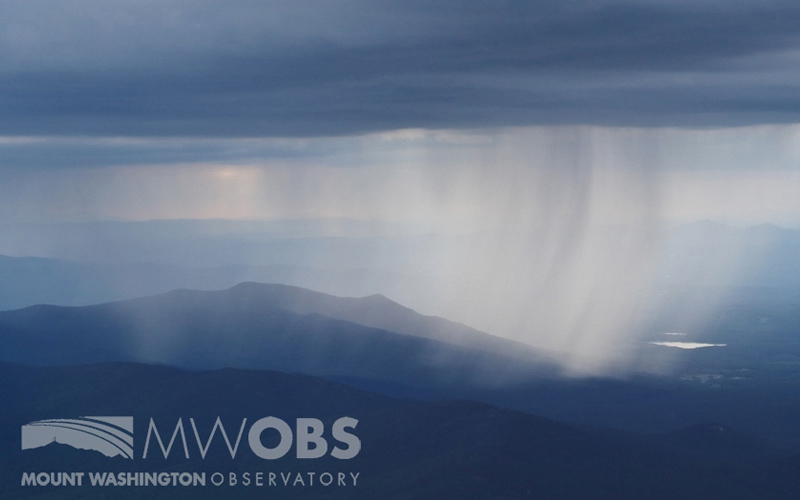
Ryan Knapp, Weather Observer & Meteorologist
July Newsletter: Partnerships and Upcoming Events
Mount Washington Observatory and Appalachian Mountain Club staff share insights about remote weather station data with news reporters on July 11. Learn more about the media day below. Dear *{{Informal Name}}*, Our 24th Annual Seek the Peak is almost here! As we put the finishing touches on the
June Newsletter: Annual Meeting News Plus our 2024 Annual Report
Rhododendron Lapponicum, a dwarf rhododendron found in sub-arctic environments like the alpine zone, was photographed by Corbin T. on June 5 on Mount Washington. Dear *{{Informal Name}}*, Thank you for supporting Mount Washington Observatory. Each year, thanks to you, we gather for our Annual Meeting. This
Considerations for Autumn Adventurers
Considerations for Autumn Adventurers By Ryan Knapp Looking out the window, it is evident that we are heading into autumn. The plants in the alpine regions have transitioned to their earthy hues. The foliage on the mountainsides and valley floors is beginning to transition into autumn
MWOBS’ Education Team Launches Virtual Programs for the 2024 Solar Eclipse
MWOBS’ Education Team Launches Virtual Programs for the 2024 Solar Eclipse By Alex Branton We are just 9 weeks away from the Great American Eclipse of 2024, and the Mount Washington Observatory is preparing
Living in Winter Wonderland
Living in a Winter Wonderland By Tricia Hutton Hi! I’m Tricia, an intern at Mount Washington Observatory. I am just a few days into my internship at MWO and it has already exceeded all
An Observer Reflects on 2023
An Observer Reflects on 2023 By Francis Tarasiewicz 2023 will undoubtedly go down in history as a year marked by extraordinary occurrences. From prolonged periods of intense warmth pushing the planet beyond the critical

